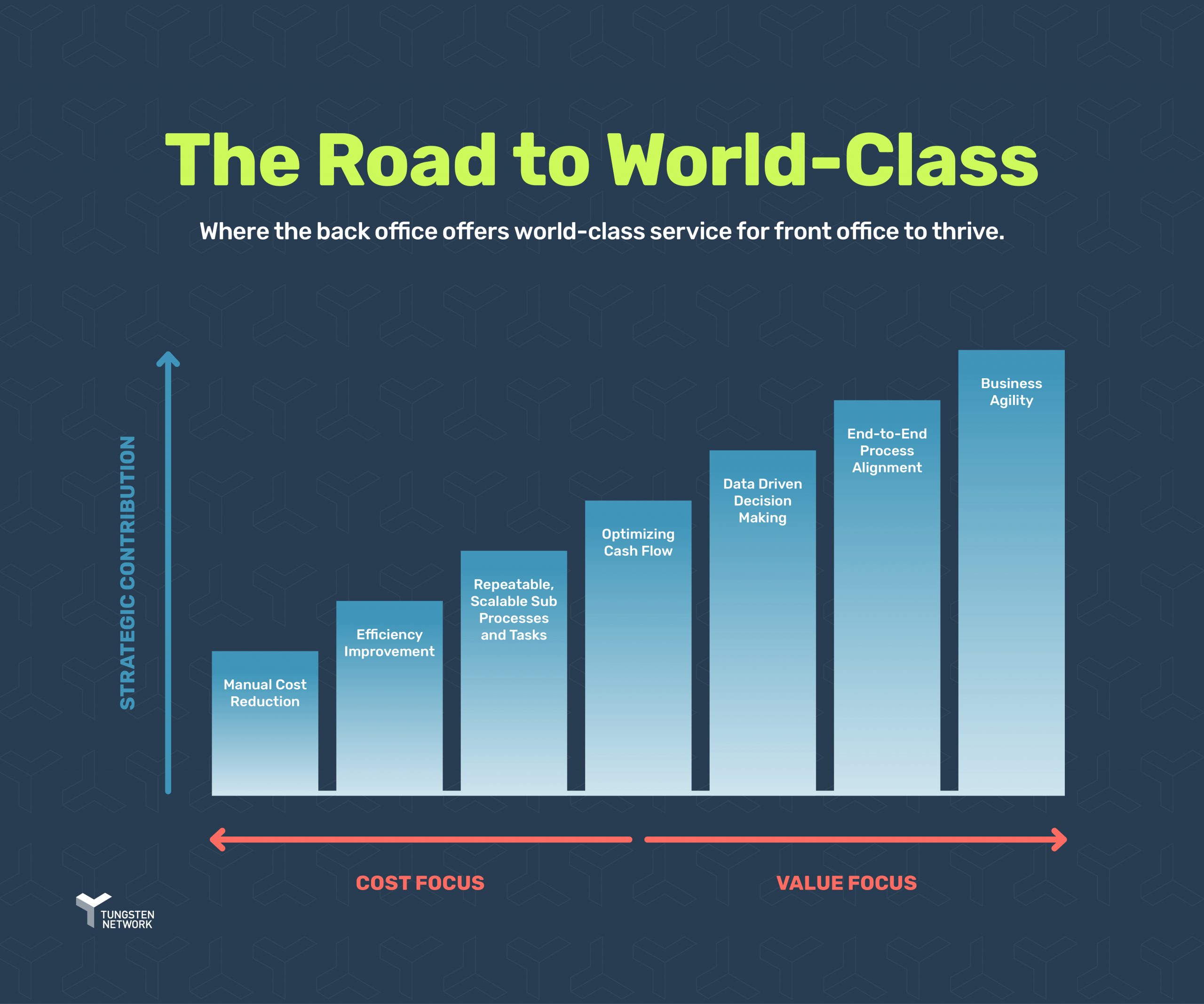What happens when paper fails
Leaving a paper trail may be necessary for legal & compliance purposes, but relying on manual paper processes can bring your cash flow to a halt. Read more.

Why World-Class Businesses are Digitising Their Billing Processes
Leaving a paper trail may be necessary for legal and compliance purposes, but relying on manual paper processes can bring your cash flow to a halt — especially in the Coronavirus-era remote work environment.
Before the COVID-19 pandemic, businesses that relied on manual accounts payable and accounts receivable processes struggled with inefficiencies, resulting in lost time and money. Those that converted to automation, on the other hand, benefited from end-to-end process visibility, guaranteed invoice delivery, faster payments, improved customer satisfaction, complete compliance with government mandates, and secure and compliant archiving.
COVID-19 has had a profound impact on our world, reshaping the global economy and how we all conduct our business, and while some organisations have thrived in the new normal most are merely surviving, combating decreased demand, drastic operational changes, and cash flow drop-off.
Finance operations and billing departments — and particularly those still using manual paper processes — have not avoided the repercussions.
What it Means when Paper ‘Fails’
With fewer (or no) in-office staff to generate or receive paper invoices, companies across industries are experiencing overwhelming billing and invoice processing delays. Meanwhile, supplier setup processes are being bypassed altogether due to expedited purchasing requirements.
When paper fails, it disrupts not only your daily financial processes but your business’s ability to move beyond merely cost-cutting to creating actual value. Amid the crisis, when paper fails, you face a complete system breakdown.

How Paper is Failing Across Industries
For accounts payable teams, a fully analog process — with no errors — took 30 to 90 days per invoice before the pandemic; in accounts receivable, with ever-tightening regulatory mandates and varying distribution channels, networks and invoice formats, instances of non-compliance and fraud were already on the rise.
During COVID-19, companies relying on paper processes have experienced disruption in supply chain continuity, amplifying unpredictability of invoice transaction flows, increasing late payments, missed discounting opportunities, and catastrophic consequences to spend management. With mounting setup disruptions, processing inconsistencies and missing analytics, billing departments have also never been more susceptible to fraud.
The Consequences of Manual Paper-Based Processes
In accounts payable, manual processes have been pushed to the limit by the shift toward remote office operations, resulting in delays in invoice receipt and payment. With the phased re-opening of economies, businesses are being burdened further by additional expenses and investments in office and employee safety, despite much of the workforce most likely to remain remote even after reopening.
Plus, supply chain disruptions and decreased demand for goods and services have created significant cash flow declines, resulting in organisational impacts including staffing layoffs.
In accounts receivable, manual processes for invoicing and receivables have caused delays in receiving much-needed cash to support the business. Plus, declines in demand throughout the supply chain have strapped the cash flow of supplier organisations, resulting in expense tightening and mass layoffs, even with government loans and stimulus packages.
The future of our workplaces and supply chains, and even that of the global economy, is unclear. Organisations that rely on outdated processes may not make it, while those that stabilise and prepare for a new future will not only survive but thrive in the post-pandemic world.

From Failure to Automation
So, how do you move beyond enduring through cost-cutting to flourishing through creating real value?
As Billentis has determined, “the digital transformation is no longer an option, it’s the imperative.”

With automation you save time and money, improve efficiency and gain control of your cash flow, freeing up your finance department to focus on strategic initiatives that can benefit the entire organisation.
If you’ve only partially automated, now’s the time to:
- Expand your automation to every business partner
- Re-orient your suppliers and internal users to your automation program
- Automate all your legal and compliance verification processes
- Use external risk scoring tied to real-time news sources
If you haven’t yet transitioned from manual to automated, there’s never been a more urgent need. And with Total AP and Total AR from Tungsten Network, you’re 100% digitised from day one.
The Road to World Class
With Total AP, you upload your invoice to the platform for buyer review, processing and approval, and upon approval payment is sent — and you can accommodate all your suppliers, regardless of size, location or maturity.
With Total AR, you submit one file, through any channel, in any format, and deliver all your invoices to all your customers — and you can release cash to the balance sheet and gain business agility.
It’s simple, streamlined, and cost effective.
Did you know that the top-performing purchase-to-pay organisations report 10% year-on-year improvements in efficiency and effectiveness?
Find out how Total AP and Total AR from Tungsten can deliver the agility your business needs to reach world-class status, even during a global crisis.



